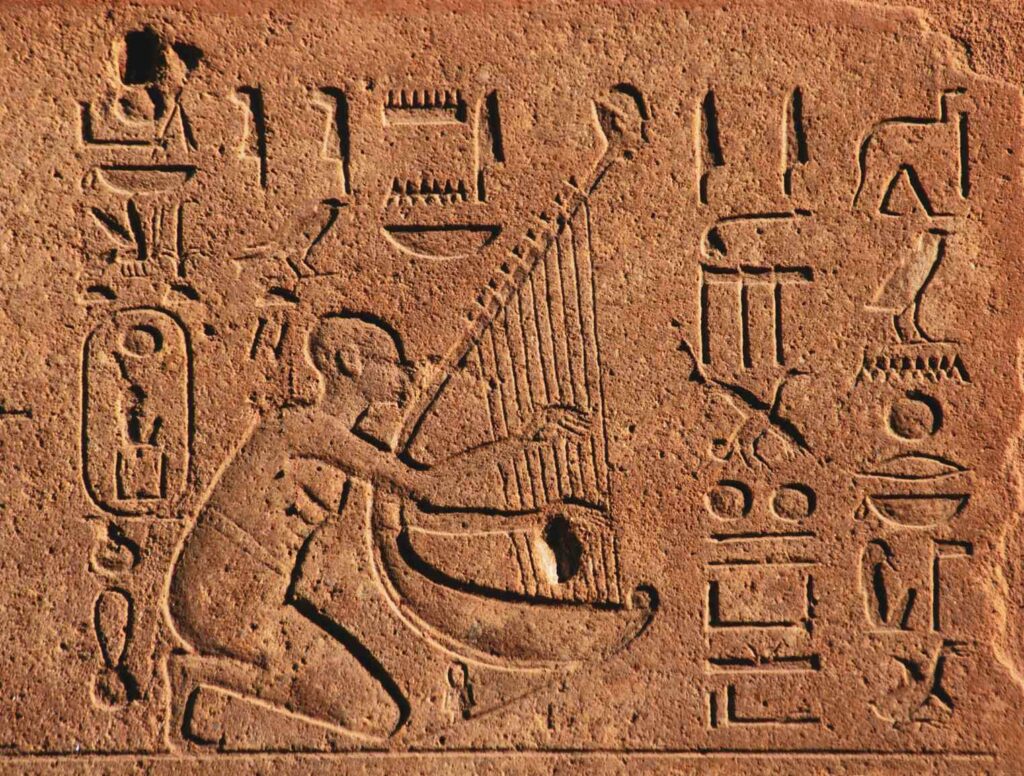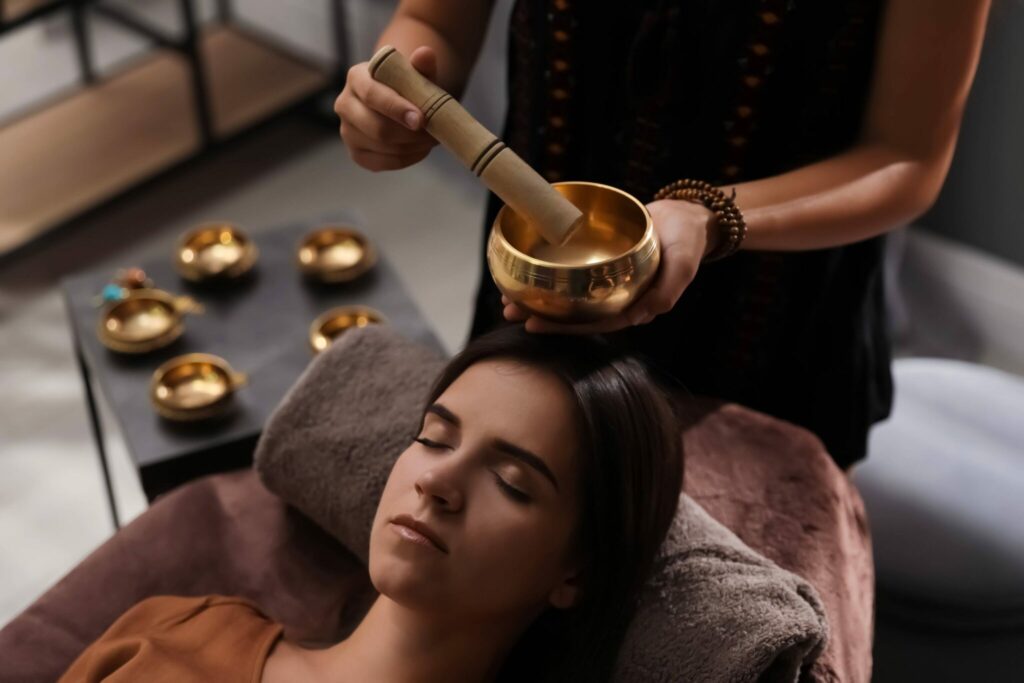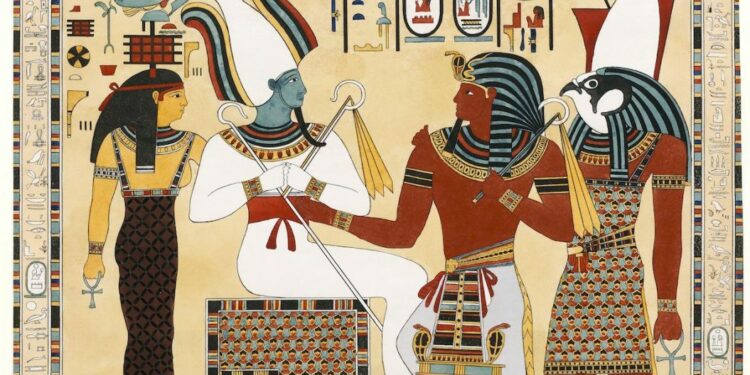Music is known for having a variety of advantages, including the capacity to increase cognitive performance and memory. When it comes to music’s purported ability to assist us to heal our physical or mental diseases, it’s naturally difficult to think that sound can do so. While ancient civilizations may hold the answers, here’s how sound was employed about healing back then, as well as how music was eventually discovered to link to medicine – and how it may still be useful now.
Sound’s Benefits to the Egyptians
Music has been used for medicinal purposes since ancient times, and although Greek physicians were known to employ flutes and zithers to treat their patients, the Egyptians had their way of benefiting from sound creation as well. They adopted a particular approach called “toning,” which involves manipulating vowel sounds with breath and voice to achieve a unique and therapeutic effect. They believed that the sound of vowels could generate vibrations that had special healing properties.

Discovering the truth about music’s healing powers
Many people may be hesitant when they hear about the numerous healing and therapeutic advantages that music can provide, but extensive study has proven that ancient civilizations were onto something major. Although academics began to look into the use of music in health and healing towards the end of the nineteenth century, Diogel of the Salpetriere Hospital in Paris was the first to report on the physiological reactions to music (including aspects such as cardiac output, respiratory rate, pulse rate, and blood pressure). It was discovered that music does heal in a sense by reducing blood pressure and heart rate, boosting cardiac output, and overall improving the workings of the parasympathetic system, thanks to the utilization of live musicians besides the patient’s bedside to conduct his research.
Music has long been known for its therapeutic effects, and it is increasingly being employed in treatment approaches for both physical and mental disease, through methods such as organized music therapy. After examining 25 experiments, researchers concluded that music is a viable treatment that might reduce depression and anxiety as well as increase mood, self-esteem, and even quality of life. However, you don’t have to attend certified music therapy sessions to reap the numerous advantages of music; learning to play an instrument, such as the piano, may help you accomplish exactly that.

While it may be counterintuitive that merely listening to or performing music may be therapeutic, ancient civilizations such as the Egyptians recognized its value early on. With studies debunking any fallacies, you may now reap the advantages of music’s therapeutic qualities through formal music therapy or just learning to play an instrument on your own.























